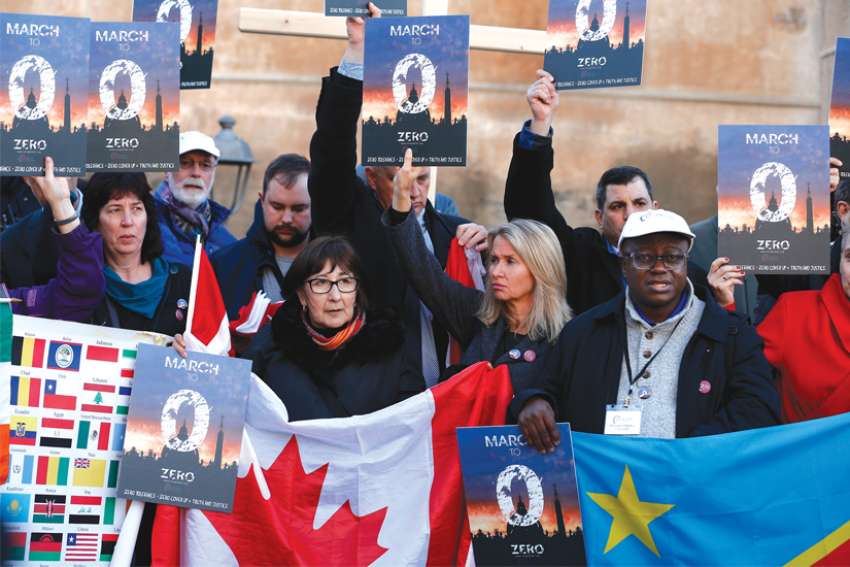The bullet holes were proof of where the aircraft was vulnerable. Or so they thought.
A statistician on staff, Abraham Wald, however, deeply disagreed. He proposed, instead, that additional armour be added to the nose, engines and mid-body. His colleagues thought he was crazy. None of the planes had showed any such evidence of damage.
As Laxton explained, though, “Wald realized what the others didn’t. The planes were getting shot there too, but they weren’t making it home. What the Navy thought it had done was analyze where aircraft were suffering the most damage. What they had actually done was analyze where aircraft could suffer the most damage without catastrophic failure. … They weren’t looking at the whole sample set, only the survivors.”
It’s a wonderful example of misperception — or of studying a question from the wrong point of view and missing the obvious. In one of the many comments to this post, a respondent connected this to customer service. “We get input from customers on where our products/services don’t meet their requirements and then use that input to improve our processes. Unfortunately this is biased information. It’s ‘survivor bias.’ What about getting input from the ones who left — the ones who gave up on doing business with us?”
There’s that word again: survivor. At a time when the Church is badly wounded, it is important for us to look deeply at what is causing the most damage.
Understandably, a major focus is being placed on revising policies, establishing commissions, retraining frontline agents. Hence, summits on clerical abuse called by the Pope and the issuing of a papal law mandating officials in the Catholic Church to report any instance of abuse are critical and needed. Most importantly, though, is the need to hear the voice of the wounded. To include them in helping to draft changes and frame restitution and healing. To de-stigmatize and support, rather than appease and redirect.
Many survivors have spoken about their unhappiness at the tone, direction and progress of the Church’s call to action, citing a tendency of speakers, including the Pope himself, of wanting to contextualize this as a wider societal problem rather than a uniquely clerical catastrophe.
A recent letter from Pope Emeritus Benedict XVI is a case in point on this in particular. He seemed to place more blame on the sexual revolution and changes in Catholic moral theology that “rendered the Church defenceless against these changes in society,” than on the pedophile priests and their supervisors for perpetuating and hiding the heinous crimes.
The use of the word defenceless positions the Church as victim. Is it any wonder, then, that the wounded have not drawn comfort from the Church’s actions thus far?
While Pope Francis acknowledged that clerical abuse is more heinous particularly because it is so expressly incompatible with the Church’s “moral authority and ethical credibility,” he nevertheless contextualized abuse within a rumination on its widespread societal presence, “in all cultures and societies,” even referencing pagan rites that sacrificed children.
The Church is wounded when her followers are wounded. Addressing clericalism can sometimes cause us to look at how to heal and nourish the Church proper, rather than looking at those who did not return — those who were left damaged and broken by the institution we often try to shore up.
Recently we have seen a renewed focus on the lost souls whose bodies and hearts were destroyed or badly damaged by the actions of an astonishingly large number of people, or equally as bad, by those who mismanaged or covered up the crimes of clerical abuse. In doing so, however, we mustn’t miss the forest for the trees.
Victims of abuse have spoken about the need for concrete action rather than rhetoric, and certainly the Catholic Church under Pope Francis’ leadership has taken definitive action to change this deep-seated culture. The February meeting of bishops and the detailed new laws to expose and punish abuser priests are important steps in the right direction.
But more must be done, especially to ensure that those most wounded are invited to engineer the initiatives for change.
Without survivors at the helm, the Church, like the hapless Navy engineers, may inadvertently miss the most necessary and obvious solutions that can allow the lost to come home again.
(Turcotte is the president of St. Mary’s University in Calgary.)


